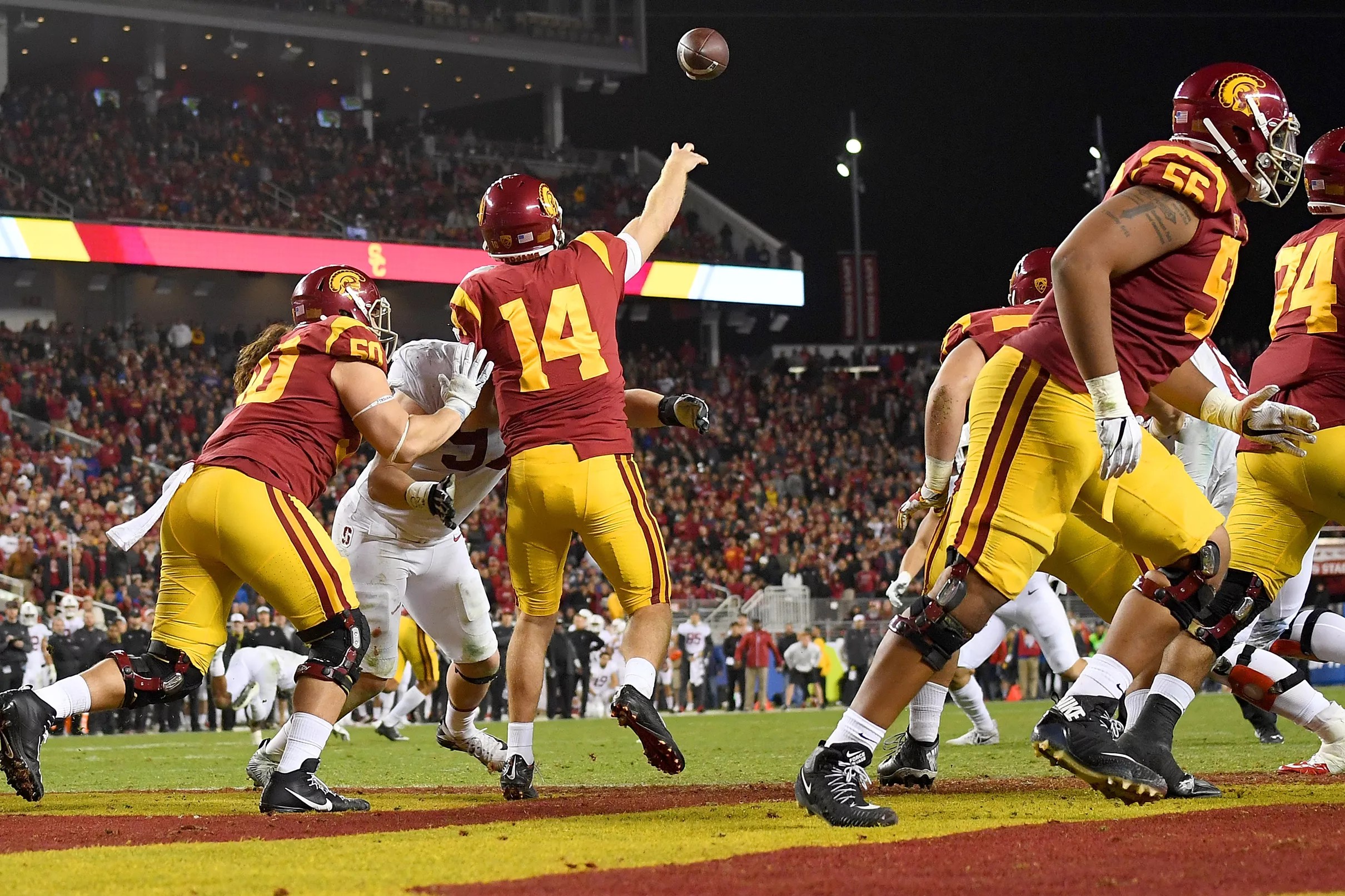Delving into the intricacies of 11 U.S.C. 547, this guide navigates the complexities of bankruptcy law with clarity and insight. This statute plays a pivotal role in determining the distribution of assets and the rights of creditors and debtors alike. Join us as we explore the key provisions, exemptions, and powers granted under 11 U.S.C. 547, empowering you with a comprehensive understanding of this crucial bankruptcy code.
The content of the second paragraph that provides descriptive and clear information about the topic
Overview of 11 U.S.C. 547

In the realm of bankruptcy proceedings, 11 U.S.C. 547, also known as the “Preferences” statute, plays a pivotal role in ensuring fairness and equity among creditors. It empowers bankruptcy trustees to “claw back” certain payments or transfers made by the debtor within a specific time frame before filing for bankruptcy, thereby preventing preferential treatment of select creditors.
The scope of 11 U.S.C. 547 is broad, encompassing any transfer of property made by the debtor that diminishes the estate available to creditors. This includes payments to creditors, transfers of assets to third parties, and even the creation of liens or security interests.
11 U.S.C. 547 grants the bankruptcy trustee the authority to avoid and recover certain transfers made by the debtor within a specified period before the bankruptcy filing. It’s a crucial tool for the trustee to gather assets for the benefit of creditors.
However, sometimes, life throws unexpected curveballs, like the one described in maybe meant to be chapter 1 . While the law provides clear guidelines for such situations, it’s essential to remember that 11 U.S.C. 547 ultimately aims to ensure fairness and equity in the bankruptcy process.
Key Provisions
The statute Artikels several key provisions that govern its application:
- 90-Day Lookback Period: Transfers made within 90 days of the bankruptcy filing are subject to review.
- Intent to Hinder, Delay, or Defraud: The trustee must demonstrate that the transfer was made with the intent to hinder, delay, or defraud creditors.
- Reasonably Equivalent Value: If the debtor received reasonably equivalent value in exchange for the transfer, it may be deemed not preferential.
- Ordinary Course of Business: Transfers made in the ordinary course of business are generally not considered preferential.
Application in Bankruptcy Cases
11 U.S.C. 547 has been extensively applied in bankruptcy cases, with varying outcomes depending on the specific circumstances.
- Example 1: A debtor makes a large payment to a single creditor shortly before filing for bankruptcy. The trustee may seek to recover this payment as a preference if it can demonstrate that the debtor intended to favor that creditor over others.
- Example 2: A debtor transfers assets to a family member without receiving any consideration. The trustee may argue that this transfer was made with the intent to defraud creditors and seek to recover the assets for the estate.
Exemptions from 11 U.S.C. 547

11 U.S.C. 547, also known as the “strong-arm powers” provision, allows a bankruptcy trustee to avoid certain transfers of property that were made by the debtor before filing for bankruptcy. However, there are certain types of property that are exempt from this provision.
11 U.S.C. 547, also known as the “strong-arm” provision, empowers a bankruptcy trustee to avoid certain transfers of property made by the debtor before filing for bankruptcy. This powerful tool allows the trustee to recover assets for the benefit of creditors.
Just like the heroic Cheolsu in Cheolsu Saves the World Chapter 45 , the bankruptcy trustee can swoop in and reclaim property that was wrongfully transferred, ensuring a fairer distribution of assets among creditors under 11 U.S.C. 547.
The rationale for these exemptions is to protect the debtor’s fresh start after bankruptcy. Without these exemptions, the debtor would be left with nothing to rebuild their life after bankruptcy.
Homestead Exemptions
Most states have homestead exemptions that protect a debtor’s home equity from creditors. The amount of equity that is exempt varies from state to state.
11 U.S.C. 547, also known as the “strong-arm” provision, empowers bankruptcy trustees to recover certain transfers made by the debtor prior to filing for bankruptcy. This provision can be a powerful tool for trustees seeking to maximize the estate’s assets.
However, it’s important to note that there are certain exceptions to the trustee’s avoidance powers under 11 U.S.C. 547, such as transfers made in the ordinary course of business. If you’re interested in learning more about this topic, check out the heroine app chapter 11 raw for a detailed analysis of 11 U.S.C.
547 and its implications.
To claim a homestead exemption, the debtor must file a homestead declaration with the appropriate government office.
Personal Property Exemptions
Most states also have personal property exemptions that protect certain types of personal property from creditors. These exemptions typically include:
- Clothing
- Household goods
- Tools of the trade
- Vehicles
- Cash
The amount of personal property that is exempt varies from state to state.
To claim a personal property exemption, the debtor must file a schedule of exempt property with the bankruptcy court.
Preferences Under 11 U.S.C. 547

Preferences under 11 U.S.C. 547 refer to situations where a creditor receives payment on a debt within 90 days before the debtor files for bankruptcy, while other creditors in the same class did not receive similar payments. This creates an unfair advantage for the preferred creditor and can be reversed through legal action.
Elements of a Preference Action, 11 u.s.c. 547
To establish a preference action, the following elements must be proven:
- The transfer was made to or for the benefit of a creditor.
- The transfer was made on account of an antecedent debt.
- The transfer was made while the debtor was insolvent.
- The transfer was made within 90 days before the bankruptcy petition was filed.
- The transfer enabled the creditor to receive more than it would have received in a Chapter 7 liquidation.
Defenses to Preference Actions
There are several defenses that a creditor can assert to avoid a preference action, including:
- The transfer was made in the ordinary course of business.
- The transfer was made to secure a new loan.
- The transfer was made to pay for contemporaneous goods or services.
- The transfer was made to pay a debt that was not due at the time of the transfer.
Avoiding Powers of 11 U.S.C. 547

The Bankruptcy Code empowers the trustee to avoid certain transfers made by the debtor prior to filing for bankruptcy. These powers are designed to protect the interests of the bankruptcy estate and its creditors. However, there are limitations on the trustee’s avoiding powers, and debtors can take steps to avoid the trustee’s ability to recover assets.
Limitations on the Trustee’s Avoiding Powers
The trustee’s avoiding powers are limited by several factors, including:
- The time period for avoiding transfers: The trustee can only avoid transfers that were made within a certain period of time before the bankruptcy filing. This period is two years for fraudulent transfers, one year for preferential transfers, and 90 days for transfers made to insiders.
- The debtor’s intent: The trustee must prove that the debtor intended to hinder, delay, or defraud creditors when making the transfer. This can be difficult to prove, especially if the transfer was made for legitimate business reasons.
- The transferee’s good faith: The trustee cannot avoid a transfer if the transferee was acting in good faith and did not know or have reason to know that the debtor was insolvent.
Strategies for Avoiding the Trustee’s Avoiding Powers
Debtors can take several steps to avoid the trustee’s avoiding powers, including:
- Making transfers for legitimate business reasons: Debtors should avoid making transfers that could be construed as fraudulent or preferential. If a transfer is necessary, it should be documented and supported by business records.
- Dealing with creditors in good faith: Debtors should make an effort to pay their creditors on time and in full. If a debtor is unable to pay its debts, it should consider filing for bankruptcy sooner rather than later.
- Seeking legal advice: Debtors who are considering making a transfer should consult with an attorney to discuss the potential consequences of the transfer.
Ultimate Conclusion

In conclusion, 11 U.S.C. 547 serves as a powerful tool in bankruptcy proceedings, providing a framework for the equitable distribution of assets and the protection of creditors’ rights. By understanding the intricacies of this statute, debtors and creditors can navigate the complexities of bankruptcy with greater clarity and confidence.